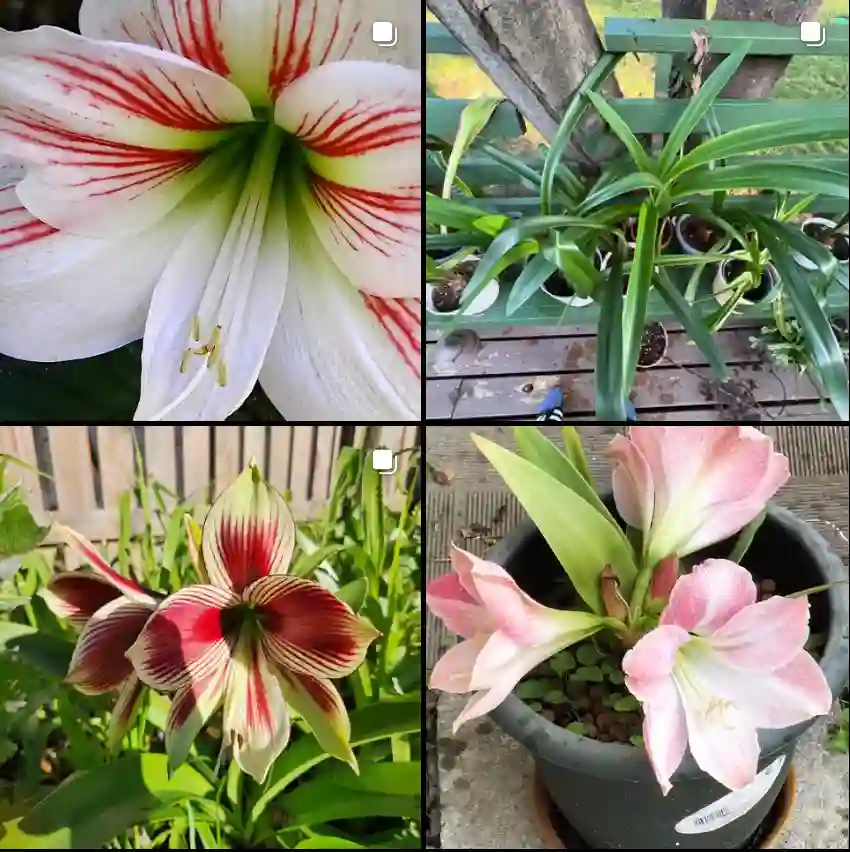The Yew and I: A Ferb Vu Exploration
The Taxus genus belong to the Taxaceae family, has always fascinated me. These evergreen trees and shrubs, commonly known as yews, are steeped in history and possess a unique beauty. As a botanist, I’m drawn to their resilience, their longevity, and their intriguing biology. But it’s more than just scientific curiosity; there’s a certain aura around yews, a sense of mystery that’s hard to resist.
Perhaps it’s their association with ancient woodlands and churchyards, their dark green foliage casting long shadows that whisper of bygone eras. Or maybe it’s their poisonous nature, a stark contrast to their serene appearance. Whatever the reason, yews hold a special place in my heart, and I’m eager to share my knowledge of this remarkable genus.
A Diverse Family
Though often perceived as uniform, the Taxus genus boasts a surprising diversity. While some botanists argue for a single species with numerous variations, most recognize around 13 distinct species, each with its own unique characteristics and distribution. These include:
- Taxus baccata: The European Yew, perhaps the most well-known, with its broad distribution across Europe, North Africa, and the Middle East.
- Taxus brevifolia: The Pacific Yew, native to the Pacific Northwest of North America, known for its thin, scaly bark and resistance to decay.
- Taxus canadensis: The Canada Yew, a low-growing shrub found in eastern North America, often forming dense carpets in forest understories.
- Taxus chinensis: The Chinese Yew, native to central and eastern China, valued for its medicinal properties in traditional Chinese medicine.
- Taxus cuspidata: The Japanese Yew, another popular ornamental species, known for its hardiness and adaptability.
- Taxus floridana: The Florida Yew, a rare and endangered species found only in a small region of northwestern Florida.
- Taxus globosa: The Mexican Yew, native to Mexico and Central America, often found in cloud forests at higher elevations.
- Taxus wallichiana: The Himalayan Yew, found in the Himalayas and parts of Southeast Asia, often growing at high altitudes.
- Taxus calcicola L.M.Gao & Mich.Möller
- Taxus contorta Griff.
- Taxus florinii Spjut
- Taxus mairei (Lemée & H.Lév.) S.Y.Hu
- Taxus × media Rehder Plant FAQs: Taxus Media
A Legacy of Uses and Lore
Yews have played a significant role in human history, their wood prized for its strength and durability. Longbows, renowned for their power and accuracy, were traditionally crafted from yew wood, shaping the course of battles and influencing the fate of nations. The dense, fine-grained wood also found use in furniture making and other crafts, its rich reddish-brown hue adding a touch of elegance to any piece.
Beyond its practical applications, the yew is steeped in symbolism and folklore. In many cultures, it represents longevity and immortality, its long lifespan and evergreen nature serving as potent symbols of enduring life. This association often linked yews to spiritual beliefs and burial practices, with yew trees commonly planted in churchyards and cemeteries. The yew’s presence in these sacred spaces added to its mystique, intertwining its image with themes of death and the afterlife.
However, the yew’s story is not solely one of reverence and admiration. Its leaves and seeds contain taxine alkaloids, highly toxic substances that can be fatal if ingested. This poisonous nature has led to the yew being viewed with caution and even fear in some traditions. Despite its toxicity, yew extracts have found use in medicine, particularly in the development of the anticancer drug paclitaxel. This modern application adds another layer to the yew’s complex relationship with humanity, highlighting its potential to both harm and heal.
A Personal Connection
My own fascination with yews stems from a childhood memory. I grew up exploring the grounds of an old abbey near my home, where a grove of ancient yews stood sentinel. Their gnarled trunks and dense canopies created a world of their own, a place of shadows and whispers where my imagination could run wild. I would spend hours beneath their branches, lost in stories and daydreams, feeling a connection to something ancient and timeless.
That early experience sparked a lifelong interest in the natural world, and yews have remained a constant source of intrigue. Their resilience in the face of adversity, their ability to thrive in diverse environments, and their enduring presence in human history all speak to a deeper connection with the earth and its rhythms.
As I continue my journey as a botanist, I’m driven by a desire to understand the intricate workings of the natural world and to share that knowledge with others. The Taxus genus, with its rich history and fascinating biology, serves as a constant reminder of the wonders that await discovery. It is a symbol of resilience, longevity, and the enduring power of nature, a testament to the intricate tapestry of life that surrounds us.
If i die, water my plants!



